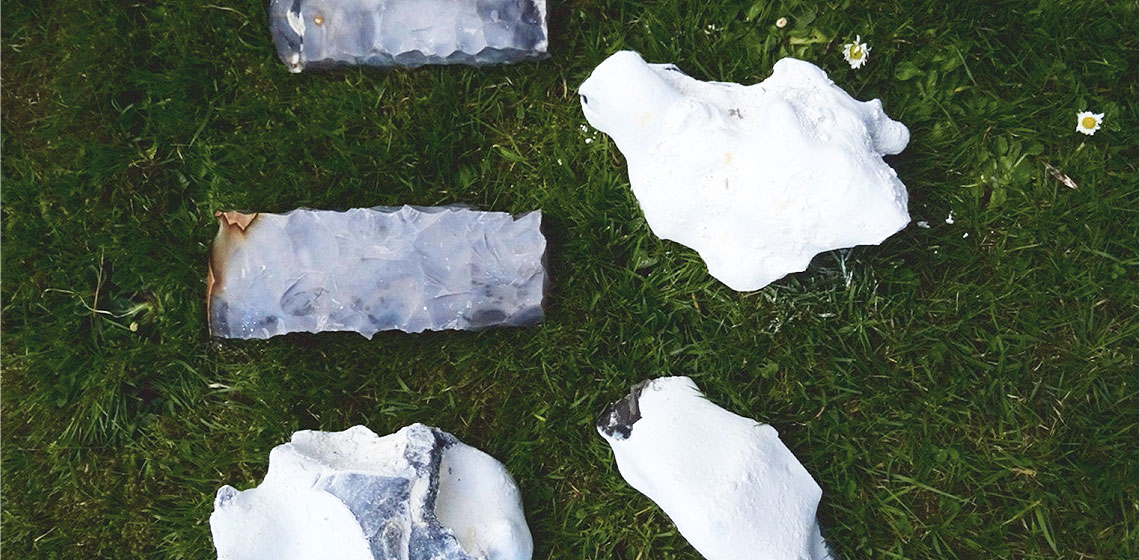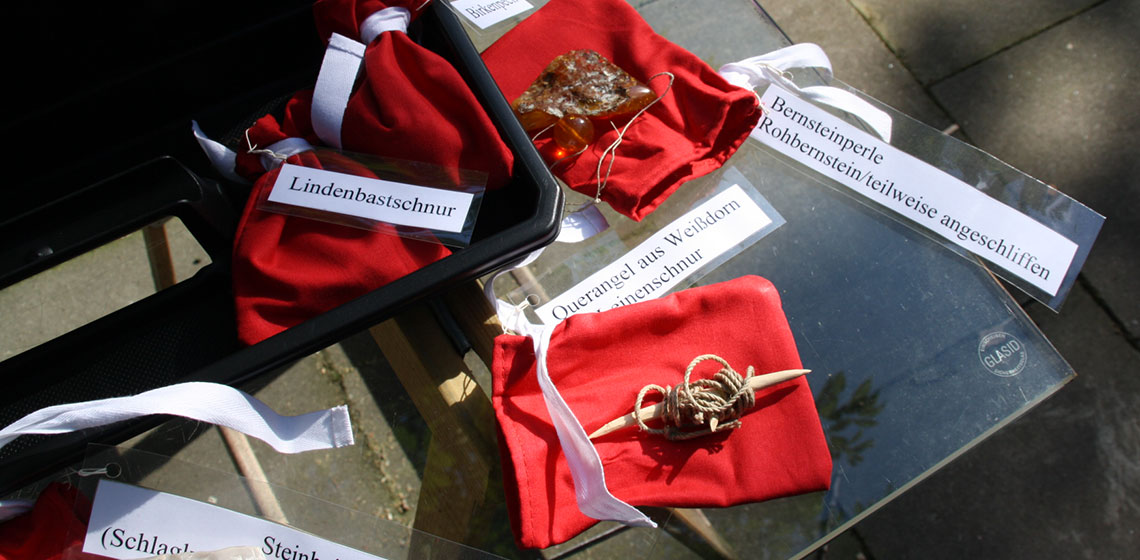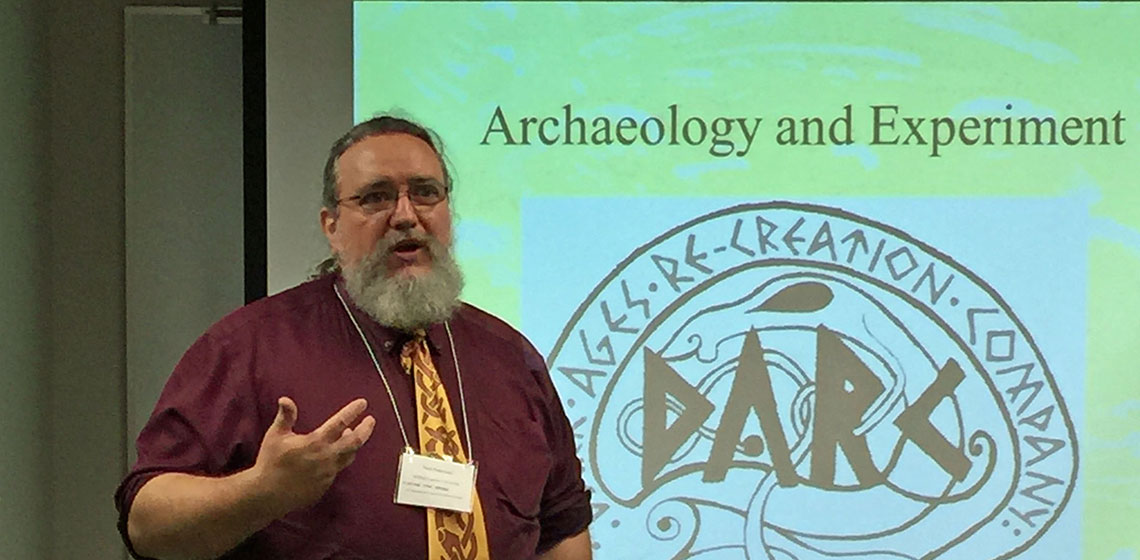Newest Era
Prof. Tim Messner PhD
I am an assistant professor of anthropology at the State University of New York at Potsdam, USA. My research includes examining human/environmental interactions in the ancient past. Often I use experimental archaeology as part of my research methodology.
Eric Nelson
I work at the Museum of Science in Boston developing activities for our hands on laboratory, which features an archaeology program as well as any temporary exhibits, which have featured cultural studies.
uMgungundlovu (ZA)
uMgungundlovu was the capital of the Zulu kingdom during the reign of King Dingane. It was occupied from 1829 until 1838. A state of the art multimedia center has been constructed here, in the heart of the Valley of Zulu Kings. Facilities include the Mgungundlovu Reconstruction and the graves of Inkosinkulu and Piet Retief.
Umgungundlovu, situated just south of the White Umfolozi River in northern Natal offers a fascinating glimpse into the mind of this Zulu king. The process by which the royal capital of Dingane is being raised from its ashes is fascinating. A tour of Umgungundlovu will take you past completed huts, thus providing you with an opportunity to study both hut-building techniques and the social life of the Zulu. Finally, your walk will culminate at the grave of Voortrekker leader Piet Retief, whose death here was a significant and controversial chapter in the history of the country.
Interview: “I have never Done an Experiment in my Whole Life!” with Mamoun Fansa
Drostdy Museum (ZA)
The Drostdy was built by the Dutch East India Company in 1747 to serve as residence and official headquarters for the Landdrost. Soon after a gaol, a house for the secretary, a mill and various outbuildings were erected.
The first Landdrost to be appointed to this district was Johannes Theophilus Rhenius and he was assisted by a board of burger heemraden and subordinates like secretary and a gaoler as well as many slaves. From 1827 the Drostdy was occupied by the civil commissioner who, with the resident magistrate, replaced the board of Landdrost and heemraden when they were abolished by the British colonial government.









